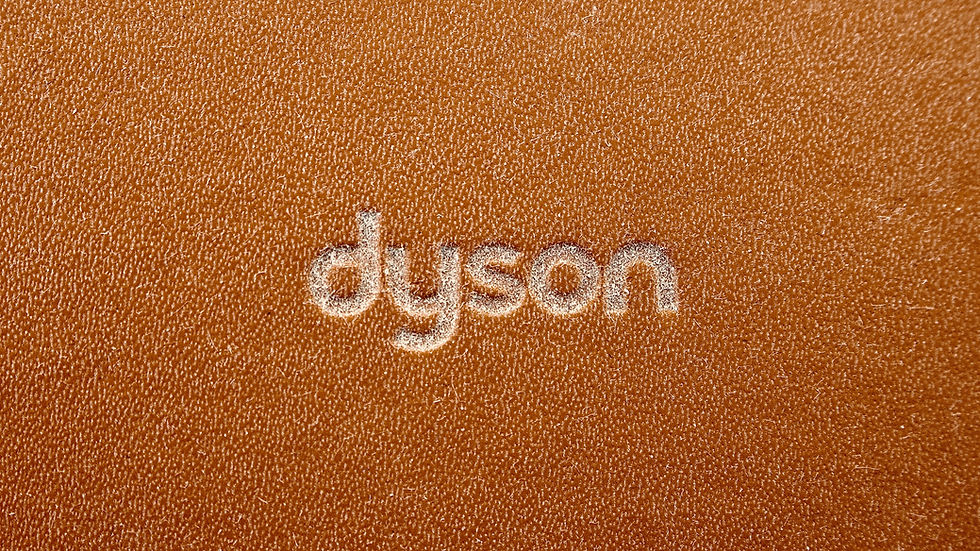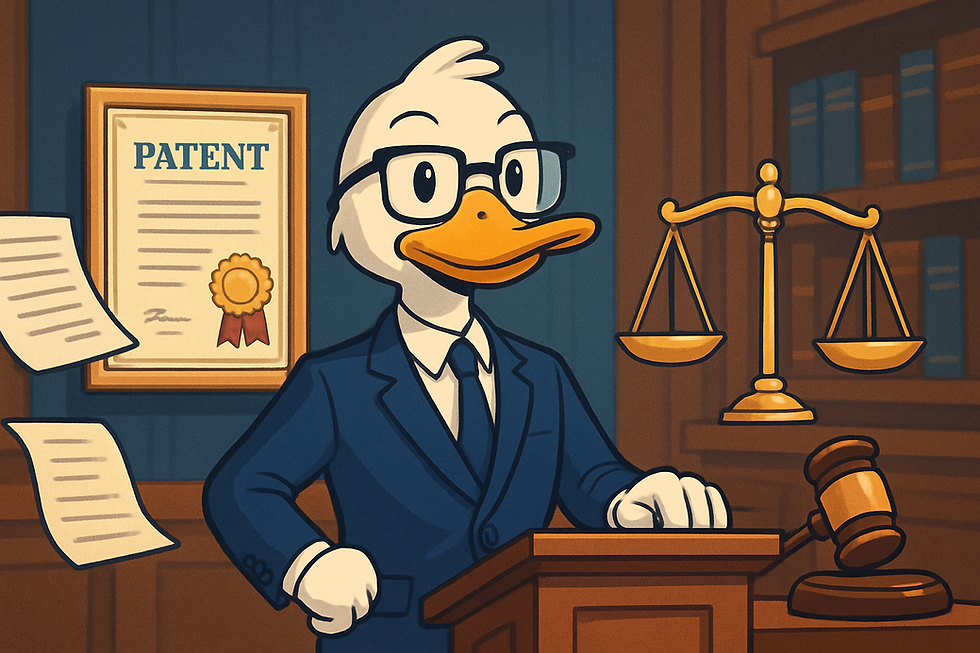The bystander who rattled the Waymo-Uber settlement.
- Copperpod
- Oct 18, 2018
- 3 min read
Updated: Apr 14, 2020

A lone ranger has found a massive loophole in what was called the hottest legal battle of the past decade. Earlier this year, Uber received a massive setback, after they were obliged to fork out a hefty $245 million, in order to settle their year long legal battle with Alphabet’s subsidiary Waymo. The tussle began in February 2017, when Waymo sued Uber on grounds of using its trade secrets, related to LiDAR technology, which is implemented in most of the self driving cars we see today.
Three former employees of another Alphabet subsidiary, Google, are held responsible for leaking valuable information to Uber when they went on to work for Otto, an Uber subsidiary that specializes in self-driving technology. 14000 confidential documents were stolen that are said to have influenced uber’ latest projects.
Besides this, Waymo also listed four cases of patent infringement against Uber related to its LiDAR technology. LiDAR is a method used to measure the target’s distance by illuminating it with pulsed laser light and measuring the reflected pulses with a sensor. The laser gets rebounded off a surface forming a 3D image, forming the fundamentals of how an autonomous car engages with its surroundings. It is imperative for a company that uses Lidar to safeguard their technology.
The whole scenario may have put a damper on Uber, but then suddenly out of the blue came Eric Swildens - an engineer by profession but nothing short of a lifeguard.
Eric Swildens had co-founded a content delivery network called Speedra networks back in 2002. Having lost the company to Akamai, after being sued for patent infringement and trade secrets violation, he knew how damaging intellectual property trials could be - especially when wrongly accused. He had been closely following the case like many others in silicon Valley and saw it reach a settlement four days into the trial favoring Waymo, in February 2018. He says that when he saw the Megacorp try and gulp down an inferior competitor, he immediately became curious about the patents involved. But even for an engineer, without any prior knowledge on self driven cars, it seemed like a heavy task taking on one of the most valuable companies in the world. However when he moved his feet a little deeper into the case, the whole thing started to make sense - and in a way, Waymo wouldn’t have liked. Waymo’s 936 patent, famously named after the last 3 digits of its serial number, seems to be lacking in its claims. It was a key patent related to LiDAR technology, and seemed questionable on grounds of its originality. According to Swilden, it was a well written patent, but granted for an invention which Waymo never really invented.
The 936 patent, filed in 2013, describes a device meant to create pulses of light that the LiDAR system would use for its 3D images. To Swilden’ surprise this actually turned out to be a very simple circuit, and there was no chance of it not having existed before.
“You’re talking about a capacitor, a laser diode, a transistor, an inductor, and some other diodes,” Swildens told Wired last year. (source)
After further investigating the areas where a similar circuit could have been implemented, he happened to come across a patent that was cited in the 936 patent. It was called high definition lidar system that was filed in 2011 by David Hall, and turned out to be quite analogous to the 936 patent. Next he uncovered a book that depicted the circuits that were claimed to be novel in the 936 patent. In addition to this, he also found a similar firing circuit dated back to 1996 filed by an engineer working for Leica Geosystems, a Swiss mapping technology company. However, being 20 years old even back in 2016, it didn’t help the case much.
Now with enough body of evidence, he compiled a 101 page presentation and marched towards the USPTO. He then filed an ex-parte reexamination, asking the USPTO to take a second look at the 936 patent’s validity. Whatever became the fate of the patent in question, Eric Swilden would be $6000 lighter when he comes out of the USPT - with no promise for compensation from either side. That didn’t seem to bother him much. He said, "When I do something, I like to do it properly.” (source)
Well the tables did turn, with the USPTO rejecting 53 out of the 56 claims mentioned in the 936 patent. Theoretically, Velodyne could now accuse Waymo of infringing its own 558 patent. As for Eric Swilden, he says his voyage in the case is finished, and taking how busy he is currently, won’t be filing any patent challenges any time soon .



Comments